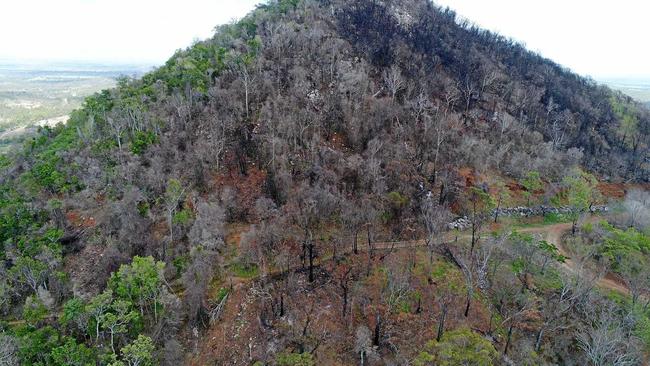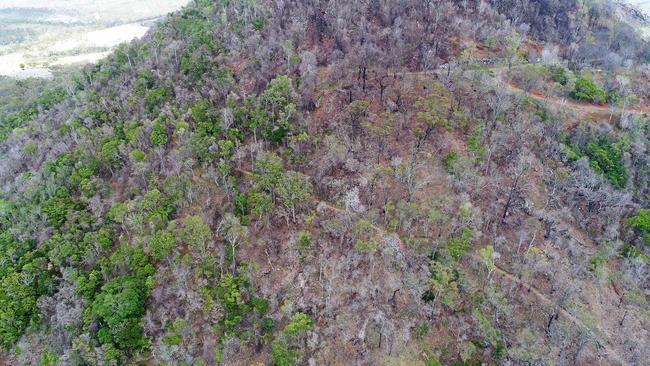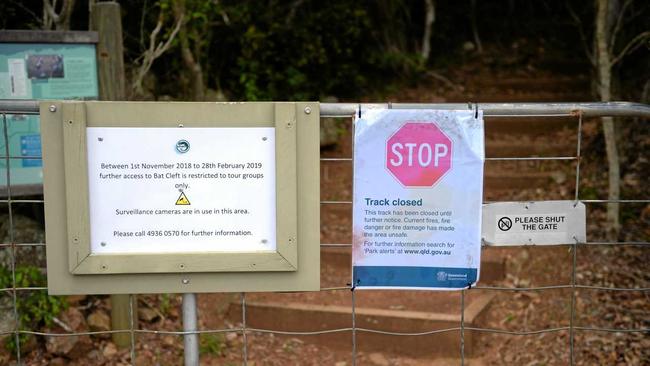December fires' toll on Etna Creek species not clear yet
Volunteers wait to discover how much damage December fires wreaked on Caves rehabilitation

Community News
Don't miss out on the headlines from Community News. Followed categories will be added to My News.
DIANNE Vavryn, who conducted bat cleft tours at Etna Caves for forty years, said she had a 'mini breakdown' when she saw the devastation from last year's bushfires.
"What I could see from the car was so severe I just cried," she said.
"Whatever green regrowth there is is misleading for people who don't know better."

Ms Vavryn was a tour operator at Camoo and Capricorn caves in the 80s and 90s when she began propagating semi-evergreen vine thicket (SEVT) species to rehabilitate old mining land.
John McCabe, who volunteered to plant thicket species, explains the Etna Caves site has been a rare example of big business working hand and hand with 'greenies'.
"The Pacific Lime cement company donated money and land towards the restoration and expansion of valuable areas surrounding some of the caves which had been destroyed," he said.
"There was a new hierarchy of managers in the company who had the instincts and ability to interpret the area's unique needs."
The Etna Caves are home to various species of bats - including the bent wing, ghost, sheath-tailed and horseshoe bats - as well as the unadorned rock wallaby.
Their habitat relies on species of trees and vines on the endangered list - up to 60 species per hectare - which throw enough shade to inhibit invasive grasses at ground level.
Volunteer groups such as OGRES - Old Guys Rehabiliting Eco Systems - have been clearing invasive two-metre grass clumps and planting SEVT species in an effort to restore the area's canopy.

"We'd actually sprayed the fountain grass and laid it down to rot," Mr McCabe said.
"If the fires had gone through even a year later, after the thicket had had a chance to grow over, the outcome may have been a lot better."
Mr McCabe said most volunteers are retirees but he hoped more individuals and groups would get involved in protecting the caves ecosystem.
"The Livingstone Shire has been removing a lot of leucaena since the fires and the people holding land tenancies need to get involved too," he said.
Ms Vavryn says bat tours will be suspended until National Park rangers can advise her about the scope of the fire damage but she knows there are fallen trees and toppled boulders over the walking track.

"I have a gut suspicion most the vine's gone; I hope there's enough seed left for birds and bats to disperse," she said.
There have been reports of some rock wallabies showing up on rangers' camera systems but little can be gauged of the bats' welfare until rangers go in to check on them.
OGRES and other groups hope to visit the site this week to assess what remnant vegetation they have to move forward with.
Originally published as December fires' toll on Etna Creek species not clear yet


